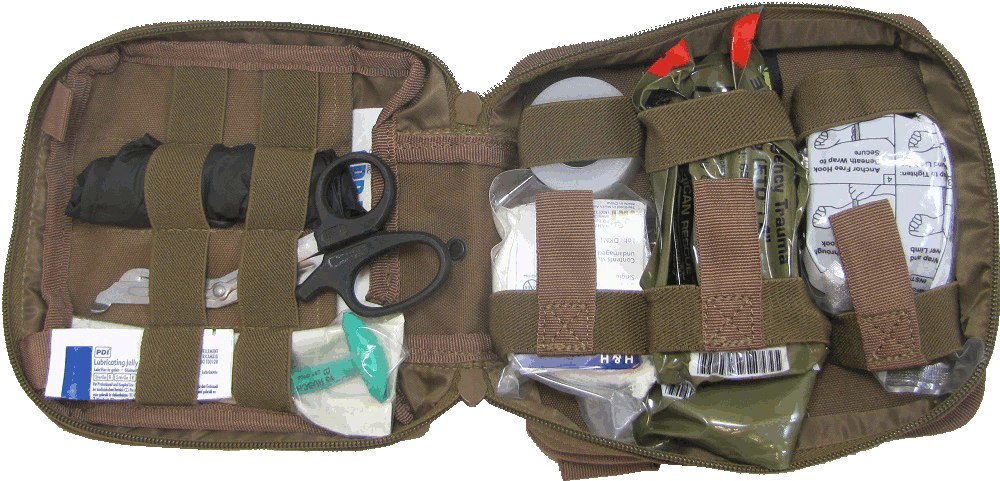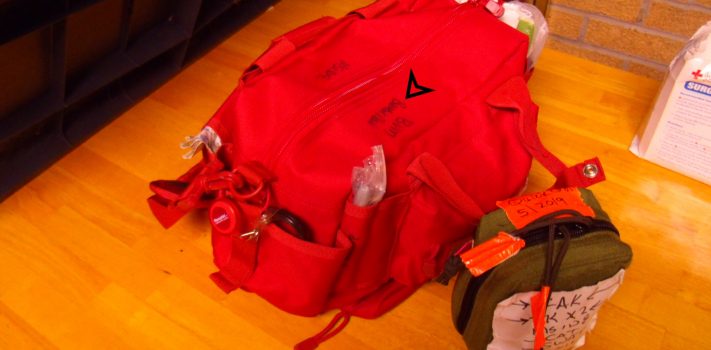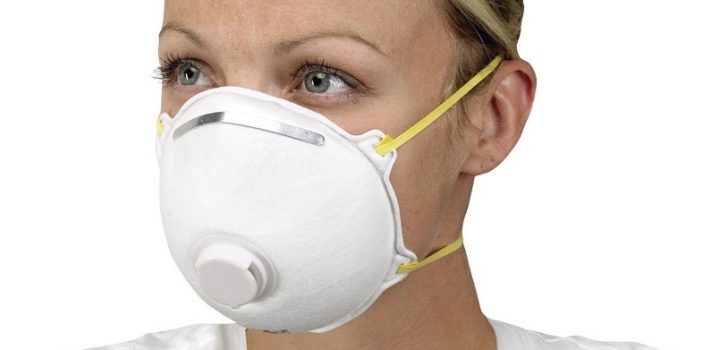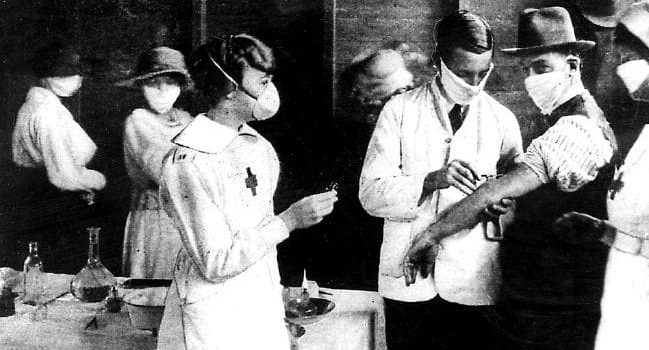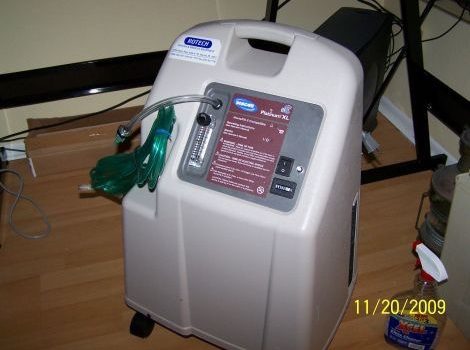Medical Emergency Sheets – Part 4, by K.B., M.D.
(Continued from Part 3. This concludes the article.) DEEP VENOUS THROMBOSIS, PULMONARY EMBOLISM, CHOKING, AND NOSE BLEEDS Today is the last of this four-part series. I hope that the previous three parts have been informative and helpful. Our topics for today are deep venous thrombosis, pulmonary embolism, choking, and nose bleeds (epistaxis). There are also a few suggestions regarding how to make an effective emergency notebook. Before we begin, please remember to see a medical professional ASAP in an emergency! Reliance on any information provided here is solely at your own risk for use when no timely medical professional help …

